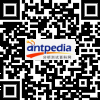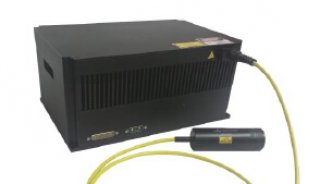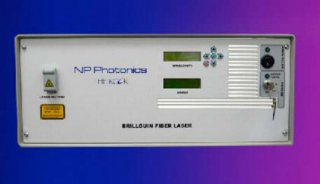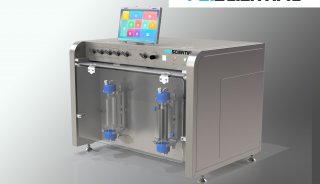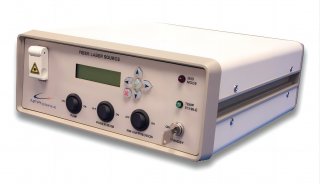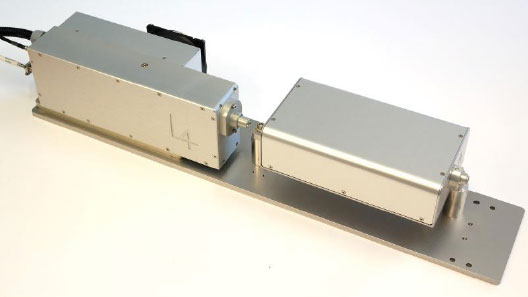Axolotl Microsurgery
I. Embryo Preparation
1) Manually dejelly embryo of appropriate stage. Use fine foreps to break hole in hard jelly coat. Remove membrane around embryo by carefully grabbing and pulling with fine forceps. Keep embryos in HBStcontaining antibiotics until use.
2) Prepare 1 % agarose-coated operating dish, rinse with HBSt and antibiotics.
3)Transfer donor and recipient embryos into operating dish containing 1X HBSt and antibiotics
4) Dip all tools into 70% EtOH and then into sterile HBSt before using.
5) Use microscalpel or eyebrow knife to cut piece to be grafted fron donor embryos. Remove comparable piece from host embryos. Carefully move graft into position. Use hair loop or forceps to gently push graft into hole in recipient. It may be necessary to push it down several times until it starts to heal. It may be possible to weight the graft down using a small piece of coverslip.
6) After embryos heal from surgery, gently replace 1XHBSt with 50% , then 20 %HBSt solution.
Hair loops
Use to hold embryo in place. Insert both ends of hair into 5 ml glass capillary and push through until loop of desired size is formed. This is smaller than you think! Compare to embryos. Works well with hair long enough to come out the other end. Hold at desired length and seal with wax. Remove excess wax by blotting onto Kimwipe on hot plate. DO NOT BURN YOURSELF.
Eyebrow knives
Use as Microscalpels. Embed an eyebrow hair in a 5 ml glass capillary and seal with wax as above.
Tungsten microscalpels
Prepare a saturated solution of sodium nitrite (heat 9 g into 10 ml of dH2O and allow to cool) and pour some into a 35 mm culture dish. Cut a 1.5 inch piece of #6 tungsten wire, using the wire cutter on a pair of pliers, not laboratory scissors!!
Make a sharp 45obend a short distance (about 2 mm) from one end. Attach wires with alligator clips to a transformer (e.g. a microscope lamp transformer). Clip one to the side of the dish of sodium nitrite and the other to the shaft of the tungsten needle. Apply 3 volts and, under the dissecting microscope, dip the tip of the tungsten needle into and out of the sodium nitrite solution (bubbles should appear) until the desired taper is achieved. Insert the needle's shaft into a 5 ml capillary pipette and seal it in by immersing the wire-containing portion of the capillary in melted paraffin until it is heated through. In a flame, quickly burn off the paraffin adhering to the exposed tungsten wire. Make a number of tungsten microscalpels and store them upright in holes in a suitable base (e.g. modeling clay).
相关发育生物学
更多热门职位
免责声明: 本站发布的所有产品仅限于科研使用,不可用于临床的诊断和治疗。如有违反,与本站无关
关闭
生物在线导购

 Richard
Richard
HEPES-buffered Modified Steinberg's Solution (HBSt) (Zackson & Steinberg, 1986, Dev. Biol. 117: 342-353) Adjust to pH 7.4 with NaOH or HCl Add 140 ml of a 50 mg/ml Gentamycin stock solution to 100 ml 100% HBSt for Operating Solution (70 mg/ml final concentration). Sterile with 0.2 mm filter. Operate in 60 mm dishes coated with 1% agarose in 1X HBSt (add 1-2% powdered charcoal for contrast for albino embryos). Right before use heat a glass rod and use to melt several small depressions in the agarose to help confine embryos during surgery. |



